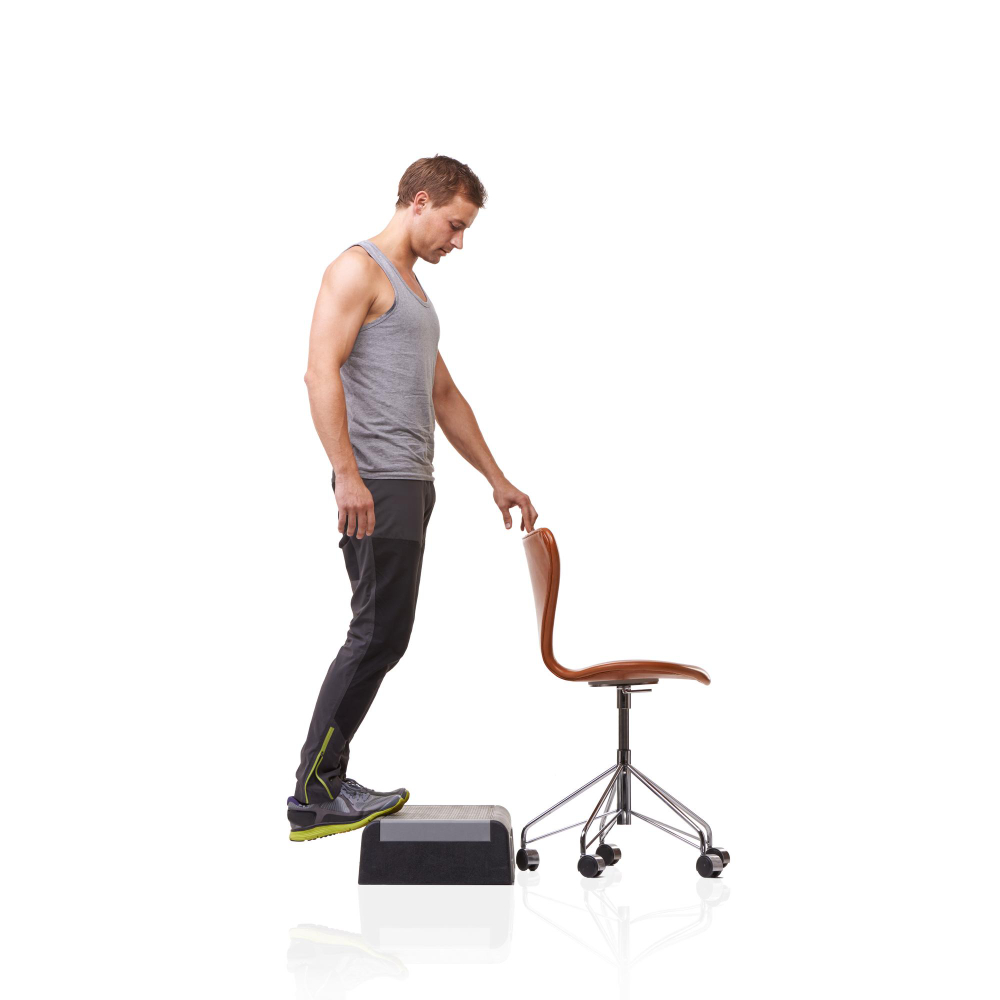Gait Trainer

A gait trainer is a specialized device designed to assist individuals who have difficulty walking due to injury, illness, or developmental conditions. It supports the user in maintaining an upright position and helps to develop a proper gait pattern. Gait trainers are commonly used in rehabilitation settings to improve walking ability, enhance strength, and increase independence. They come in various designs, including adjustable features to cater to individual needs and progress.
Benefits
Improved Mobility: Gait trainers help users practice walking in a safe and supported manner, enhancing their ability to move independently.
Strength and Endurance: Regular use of a gait trainer strengthens the muscles involved in walking, including the legs, hips, and core, and improves cardiovascular endurance.
Postural Support: The device supports proper alignment and posture, reducing the risk of injury and promoting better walking mechanics.
Increased Confidence: By providing stability and support, gait trainers help users feel more secure while walking, boosting their confidence and encouraging more frequent movement.
Features
Adjustable Height: Allows customization to match the user’s height, ensuring ergonomic support and comfort during use.
Adjustable Width: Some models offer width adjustments to accommodate different body sizes and provide optimal stability.
Supportive Harness: A harness or pelvic support helps maintain proper posture and weight distribution, reducing strain on the lower body.
Wheels and Brakes: Equipped with wheels for easy movement and brakes for added safety, allowing controlled practice sessions.
Foldable Design: Many gait trainers are designed to fold for easy storage and transport, enhancing their convenience for both home and clinical use.
Handgrips and Arm Supports: Ergonomic handgrips and arm supports help maintain balance and reduce fatigue during use.
Applications
Rehabilitation: Used in physical therapy for individuals recovering from strokes, spinal cord injuries, or surgeries, aiding in the regaining of walking ability.
Developmental Support: Beneficial for children with developmental delays or conditions such as cerebral palsy, helping them develop proper gait patterns and mobility skills.
Chronic Conditions: Suitable for individuals with chronic conditions like multiple sclerosis or muscular dystrophy, providing support for daily mobility and exercise.
Elderly Care: Helps older adults with balance issues or frailty improve their walking ability and maintain an active lifestyle.
How to Use
Adjust for Fit: Ensure the gait trainer’s height and width are adjusted to suit the user’s body size and comfort. The handgrips should be at wrist level when the user stands upright.
Secure the Harness: If the gait trainer includes a harness or pelvic support, secure it properly to ensure the user is well-supported and balanced.
Start with Supervision: Begin using the gait trainer under the supervision of a physical therapist or trained caregiver to ensure proper technique and safety.
Practice Walking: Encourage the user to take small, controlled steps, gradually increasing stride length as confidence and strength improve. Use the handgrips and arm supports as needed.
Monitor Progress: Regularly assess the user’s progress and make necessary adjustments to the gait trainer to match their evolving needs and abilities.
Safety Tips
Clear Pathways: Ensure walking areas are free of obstacles, clutter, and tripping hazards to reduce the risk of falls.
Use on Even Surfaces: For optimal stability, use the gait trainer on flat, even surfaces. Exercise caution on uneven terrain, slopes, or stairs.
Regular Maintenance: Regularly check the gait trainer for signs of wear, damage, or loose parts. Ensure all adjustments are secure before use.
Seek Professional Guidance: Work with a physical therapist or healthcare professional to ensure proper use and adjustment of the gait trainer, and to receive personalized recommendations based on individual needs.
A gait trainer is an invaluable tool for improving mobility, strength, and independence for individuals facing walking challenges. With adjustable features, supportive design, and versatile applications, gait trainers play a crucial role in rehabilitation, developmental support, and daily mobility assistance.


